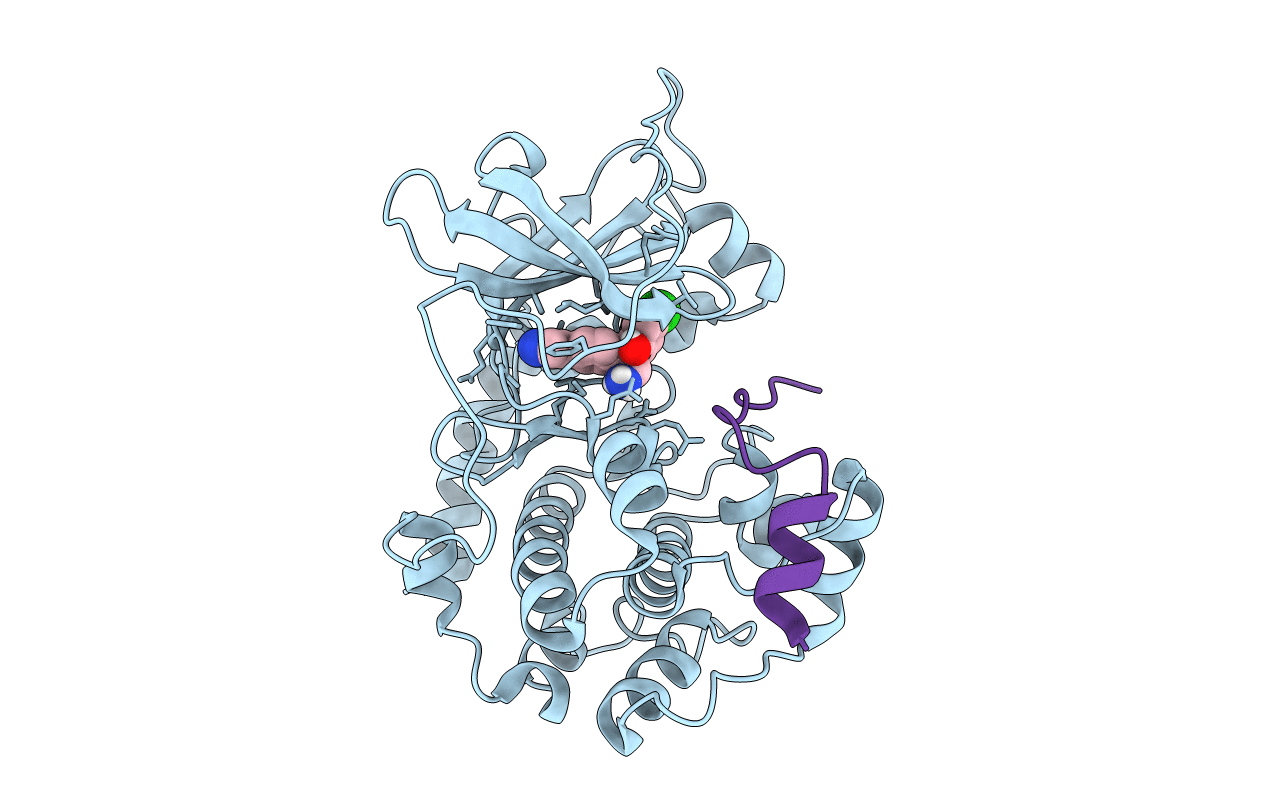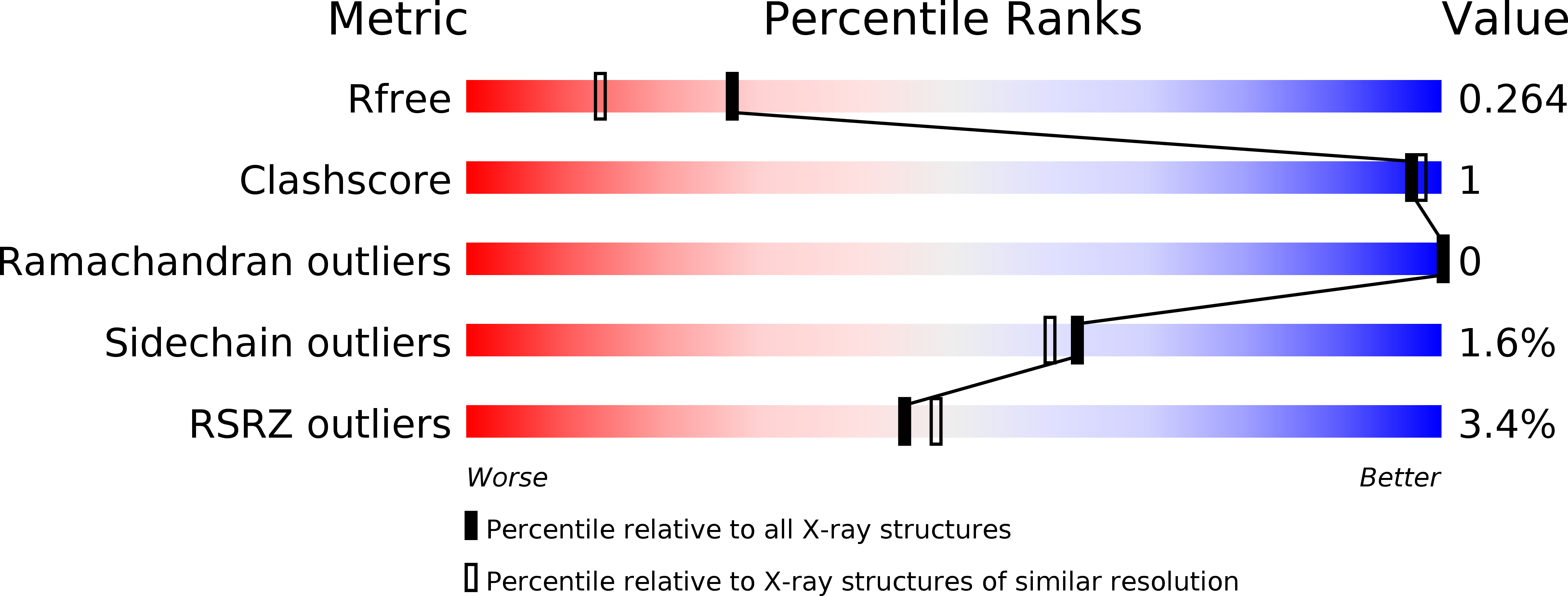
Deposition Date
2012-06-12
Release Date
2012-07-25
Last Version Date
2024-10-23
Entry Detail
PDB ID:
4AXA
Keywords:
Title:
Structure of PKA-PKB chimera complexed with (1S)-2-amino-1-(4- chlorophenyl)-1-(4-(1H-pyrazol-4-yl)phenyl)ethan-1-ol
Biological Source:
Source Organism:
BOS TAURUS (Taxon ID: 9913)
HOMO SAPIENS (Taxon ID: 9606)
HOMO SAPIENS (Taxon ID: 9606)
Host Organism:
Method Details:
Experimental Method:
Resolution:
1.90 Å
R-Value Free:
0.25
R-Value Work:
0.21
R-Value Observed:
0.21
Space Group:
P 21 21 21


